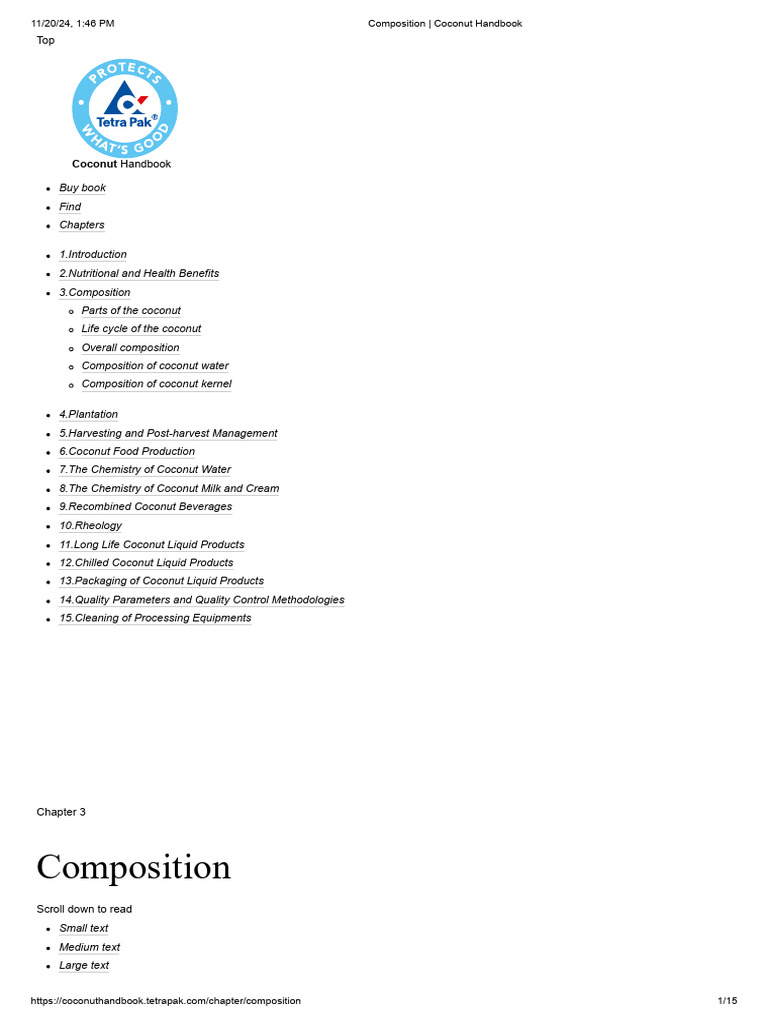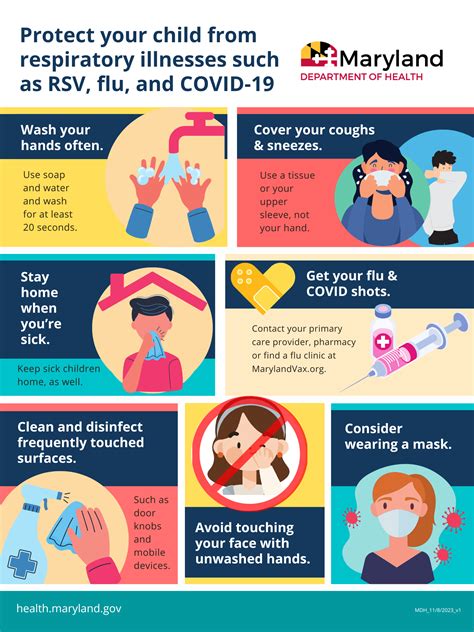Living with diabetes requires a deep understanding of how to manage blood glucose levels to maintain overall health and prevent complications. Effective glucose control is crucial for individuals with diabetes, as it helps to prevent damage to organs and tissues, reduce the risk of heart disease, and improve quality of life. In this comprehensive handbook, we will delve into the world of diabetic glucose control, exploring the fundamentals, strategies, and tools necessary for achieving and maintaining optimal glucose levels.
Understanding Glucose and Diabetes
To grasp the concept of glucose control, it’s essential to understand what glucose is and how it affects the body. Glucose, a simple sugar, is the primary source of energy for cells. In a healthy individual, the body regulates blood glucose levels through a complex system involving the pancreas, liver, and hormones like insulin and glucagon. However, in people with diabetes, this system is disrupted.
There are several types of diabetes, including Type 1, Type 2, and gestational diabetes. Type 1 diabetes is an autoimmune condition where the body’s immune system attacks and destroys the insulin-producing beta cells in the pancreas, resulting in a complete deficiency of insulin production. Type 2 diabetes, the most common form, is characterized by insulin resistance, where the body’s cells become less responsive to insulin, and over time, the pancreas may also fail to produce enough insulin. Gestational diabetes develops during pregnancy due to hormonal changes and insulin resistance.
The Importance of Glucose Monitoring
Glucose monitoring is a critical component of diabetic care. It involves tracking blood glucose levels throughout the day to understand how different factors, such as diet, exercise, and medication, affect these levels. There are several methods of glucose monitoring, including:
- Fingerstick Testing: The most common method, which involves pricking the finger with a lancet to draw a small blood sample that is then placed on a test strip and read by a glucometer.
- Continuous Glucose Monitoring (CGM) Systems: These are small devices that are worn on the body and provide continuous readings of glucose levels throughout the day and night.
- Flash Glucose Monitoring: A newer technology that involves wearing a small sensor under the skin, which can be scanned with a reader device to get instant glucose readings.
Achieving Optimal Glucose Control
Achieving optimal glucose control requires a multifaceted approach that includes dietary management, physical activity, medication (if prescribed), and regular monitoring of blood glucose levels.
Dietary Management
Diet plays a pivotal role in managing diabetes. The goal is to balance carbohydrate intake, as carbs have the greatest impact on blood glucose levels. Key dietary strategies include:
- Counting Carbohydrates: Knowing the amount of carbs in foods to balance intake and manage insulin doses.
- Glycemic Index (GI): Choosing foods with a low GI, which cause a slower and more gradual rise in blood glucose.
- Meal Planning: Creating a meal plan that spreads carbohydrate intake evenly throughout the day and includes a variety of foods from all food groups.
Physical Activity
Regular physical activity is essential for glucose control. Exercise helps the body to use insulin more efficiently, lowering blood glucose levels. Types of exercise beneficial for glucose control include:
- Aerobic Exercise: Such as walking, cycling, or swimming, which are particularly effective for lowering glucose levels.
- Resistance Training: Building muscle mass through weight training can improve insulin sensitivity.
Medication and Insulin Therapy
For many individuals with diabetes, medication or insulin therapy is necessary to achieve optimal glucose control. There are various types of diabetes medications, each working in different ways to lower blood glucose levels. Insulin therapy, whether through injections or an insulin pump, is essential for individuals with Type 1 diabetes and may be prescribed for those with Type 2 diabetes whose bodies do not produce enough insulin.
Advanced Strategies for Glucose Control
Beyond the basics, there are several advanced strategies that individuals with diabetes can employ to fine-tune their glucose control. These include:
- Time in Range (TIR): A measure of the percentage of time blood glucose levels fall within a target range (typically between 70 mg/dL and 180 mg/dL), which is a key indicator of glucose control.
- Basal-Bolus Insulin Therapy: For those on insulin, this approach involves taking a long-acting insulin (basal) to cover background insulin needs and a short-acting insulin (bolus) before meals to manage meal-related spikes in glucose.
- Continuous Glucose Monitoring (CGM) Data Analysis: Using data from CGM systems to identify patterns and trends in glucose levels, which can inform adjustments in diet, exercise, and medication.
Managing Complications and Emergencies
Despite best efforts, complications and emergencies can arise. It’s crucial to be aware of and know how to manage conditions such as:
- Hypoglycemia (Low Blood Sugar): Recognizing the symptoms (shakiness, dizziness, sweating, hunger, irritability, confusion, or difficulty speaking) and treating promptly with fast-acting carbohydrates.
- Hyperglycemia (High Blood Sugar): Understanding the risks and taking corrective action, which may include adjusting medication, increasing fluid intake, and seeking medical attention if severe.
- Diabetic Ketoacidosis (DKA) and Hyperosmolar Hyperglycemic State (HHS): Serious conditions that require immediate medical attention, characterized by extremely high blood glucose levels and the presence of ketones in the blood or urine.
The Role of Technology in Glucose Control
Technology has revolutionized the management of diabetes, offering tools that make monitoring, tracking, and adjusting glucose control strategies more accessible and efficient. These include:
- Smart Glucose Meters: Devices that can store test results, calculate averages, and even send data to healthcare providers or family members.
- Mobile Apps: Applications that help track diet, exercise, and medication, provide reminders, and offer insights into glucose trends.
- Artificial Pancreas Systems: Automated systems that use CGM data and algorithms to adjust insulin delivery, mimicking the body’s natural insulin response.
Conclusion
Diabetic glucose control is a dynamic and ongoing process that requires dedication, education, and the right tools. By understanding the fundamentals of glucose management, incorporating advanced strategies, and leveraging technology, individuals with diabetes can achieve optimal glucose control, reducing the risk of complications and improving their quality of life. Remember, managing diabetes is a journey, and with the right mindset and support, it is possible to thrive.
What is the ideal blood glucose level for someone with diabetes?
+The ideal blood glucose level can vary depending on the individual, their type of diabetes, and the time of day. Generally, before meals, the target is less than 130 mg/dL, and after meals, it should be less than 180 mg/dL. However, these targets may be adjusted based on individual factors and should be discussed with a healthcare provider.
How often should I check my blood glucose levels if I have diabetes?
+The frequency of checking blood glucose levels depends on the type of diabetes, the treatment plan, and how well the diabetes is controlled. Typically, individuals with Type 1 diabetes and those with Type 2 diabetes who use insulin may need to check their levels more frequently, sometimes up to 4-6 times a day, to adjust their insulin doses. Others may need to check less frequently, but regular monitoring is crucial for all individuals with diabetes to make informed decisions about their care.
Can I still eat sweets if I have diabetes?
+While sweets and desserts can be part of a healthy meal plan, they should be consumed in moderation. Individuals with diabetes should focus on nutrient-dense foods and can occasionally include sweets by counting them as part of their carbohydrate intake and adjusting their meal plan accordingly. It’s also beneficial to choose desserts that are naturally low in added sugars and rich in fiber and nutrients.



